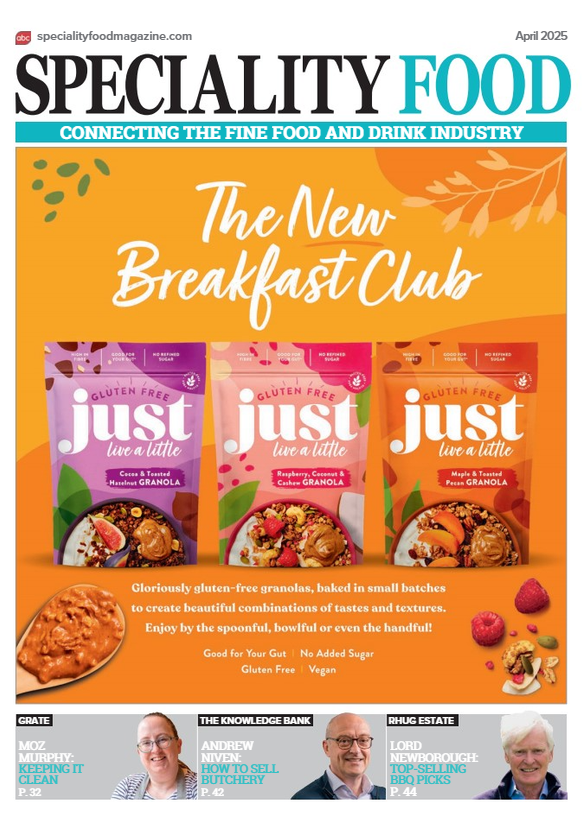“In praise of the PDOs – Defra, sort it PDQ!”

- “Sticky fingers”
- “Everyone’s a winner”
- “Myths and legends of Turophilia”
- “When ‘cheese’ is not cheese”
- “Don’t disrespect the Cheddar”
When I first travelled to the USA in the 1970s, I was amazed to see “Californian Champagne”.
I had presumed that Champagne always came from France. Describing a sparkling wine in this way felt as counter-intuitive as Korean Riesling. Over time, as a consumer, I appreciated the assurance I gained from knowing that a potential purchase benefited from AoC, PGI, PDO or whichever controls were attached to the produce.
Tight controls on the production of specific British cheeses started to be set in law in 1966, when Blue Stilton gained a certification Trade Mark. Later accepted as a PDO (the EU’s Protected Designation of Origin), the precise geographic area and the defined making process have caused various cheeses to fail in their hope of recognition as a Blue Stilton, notably Stichelton, and even cheeses made in the village of Stilton itself. Defining significant cheeses in this way is more than a simple branding exercise.
A PDO, for example, can be precise on type of milk and breed of animal used as well as location and method. It transcends the definition of a single producer, but sets stringent criteria that could still be met by entrants to the market, if they are prepared to follow them exactly.
While these controls give protection to manufacturers and confidence to consumers, there’s still a vast number of people who will still describe every blue cheese as a Stilton. PDOs make no difference to such folk. However, true connoisseurs love discovering the nuanced differences between the various producers of Stilton.
It’s not just applicable to Stilton, though – other types of cheese have gained protection, from traditional varieties, such as Single Gloucester, to newly developed cheeses, where the producer has sought to defend the cheese type that they had developed from johnny-come-lately competition.
One such was Dovedale PDO. Developed by Dairy Crest’s Hartington Cheese, production stopped on that site’s closure in 2009. The cheese had a following, however, and to meet that demand, Dovedale was resurrected. One producer, Hartington Creamery, uses the original recipe; furthermore, their Dovedale is made by the same cheesemakers who crafted the earlier cheese. It’s a beautiful soft, almost sweet blue and I’m very glad to have made its acquaintance.
Traditional cheeses can die out, though. There was a famous BBC2 programme in the 1970s, where the presenter looked for authentic Dorset Blue Vinney. Unable to find it, he searched high and low until he met a ‘bloke in a pub car park’ who sold him what he claimed to be Vinney, but was later understood to be rejected Stilton! Later, Mike Davies resurrected Dorset Blue Vinny (no ‘e’) producing a fine cheese and gaining protected status.
If cheesemakers are to continue to be able to sell in Europe and more widely, we need a mutually recognised system that protects both consumers and the manufacturers from secondrate pass-offs. Britain’s cheese industry is flourishing and diverse, and it deserves a recognition programme to keep it that way.
more from Town Crier
-
“Black and White thinking”
08 August 2019 Town CrierLast time around I suggested trumpeting the benefits of the produce we offer, and the importance of conveying its taste and of making each purchase viscerally appealing. -
“We’re a resourceful bunch”
17 May 2019 Town CrierIt’s almost exactly 10 years ago that I sat down to create the first business plan for my cheesemonger. -
“Waxing lyrical”
12 February 2019 Town CrierOn a family holiday to Normandy in 1965, my parents and their adult friends were hugely excited by Livarot and Camembert – seldom seen back home in Hampshire.

